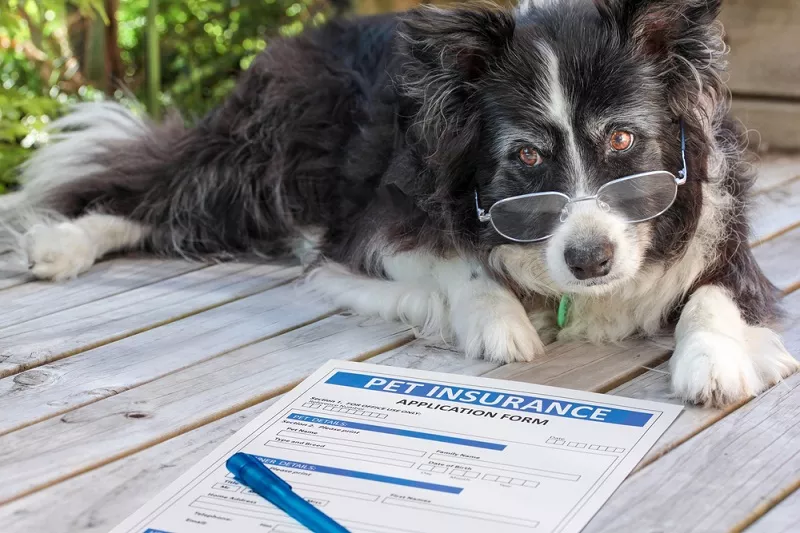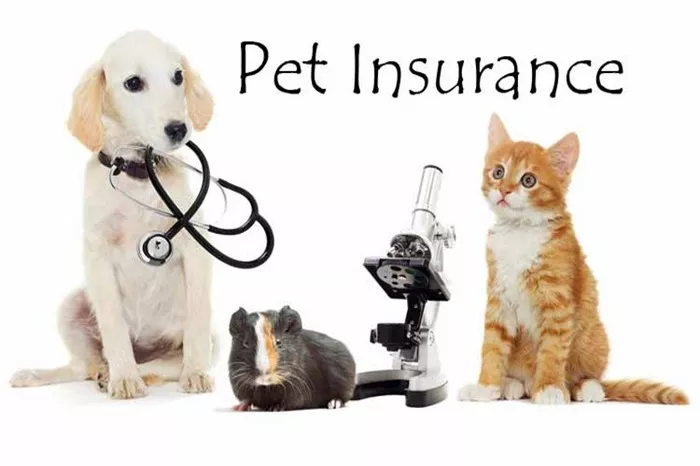Choosing the right pet insurance policy can be a daunting task for pet owners. With numerous options available, it’s crucial to understand the various aspects of pet insurance to make an informed decision. This comprehensive guide will help you navigate through the process, ensuring that your furry friends receive the best possible coverage.
Understanding Pet Insurance
What is Pet Insurance?
Definition: Pet insurance is a policy that helps cover the cost of veterinary care for pets. It operates similarly to human health insurance.
Purpose: The primary goal is to mitigate the financial burden of unexpected veterinary expenses, ensuring pets get necessary treatment without causing financial stress to their owners.
Why You Need Pet Insurance
Unexpected Costs: Veterinary bills can be expensive, especially for emergencies or chronic conditions.
Peace of Mind: Knowing you have financial support for your pet’s health needs provides peace of mind.
Comprehensive Care: Pet insurance ensures your pet can receive the best care available without cost being a prohibitive factor.
Types of Pet Insurance Coverage
Accident-Only Coverage
Coverage Scope: This type covers injuries resulting from accidents, such as fractures or ingestion of foreign objects.
Cost: Generally more affordable but limited in scope.
Illness Coverage
Coverage Scope: This includes treatment for various illnesses like cancer, infections, and chronic diseases.
Cost: More expensive than accident-only coverage due to broader coverage.
Comprehensive Coverage
Coverage Scope: Combines both accident and illness coverage, offering extensive protection.
Cost: Most expensive option but provides the most comprehensive coverage.
Wellness Coverage
Coverage Scope: Covers routine and preventive care such as vaccinations, annual check-ups, and dental cleanings.
Cost: Often available as an add-on to other types of coverage.
Factors to Consider When Choosing a Pet Insurance Policy
Coverage Limits
Annual Limits: The maximum amount the insurer will pay out in a policy year.
Per-Incident Limits: The maximum amount the insurer will pay per incident or condition.
Lifetime Limits: The maximum amount the insurer will pay over the lifetime of the pet.
Reimbursement Levels
Percentage of Costs: Most policies reimburse a percentage of the veterinary costs, typically between 70% and 90%.
Direct Payment: Some insurers pay the vet directly, while others reimburse the pet owner after they pay the vet.
Deductibles
Annual Deductible: A fixed amount you pay each year before the insurance starts to reimburse expenses.
Per-Incident Deductible: A fixed amount you pay for each incident before the insurance starts to reimburse expenses.
Premium Costs
Monthly Premium: The amount you pay monthly for the insurance policy.
Factors Influencing Premiums: Age, breed, and health of the pet, as well as the level of coverage chosen.
Exclusions
Pre-Existing Conditions: Conditions that existed before the start of the policy are usually not covered.
Routine and Preventive Care: Often not covered unless you have wellness coverage.
Behavioral Treatments: Treatments for behavioral issues are sometimes excluded.
see also:Top 10 Best Tenant Insurance Companies
Evaluating Pet Insurance Providers
Reputation and Reviews
Customer Reviews: Read reviews from other pet owners to gauge the insurer’s reliability and service quality.
Industry Ratings: Check ratings from independent organizations like the Better Business Bureau.
Claim Process
Ease of Filing Claims: A simple and straightforward claim process is crucial.
Claim Approval Time: The time it takes for claims to be approved and reimbursed.
Customer Service
Availability: Ensure the insurer has accessible customer service for queries and support.
Responsiveness: Check how quickly the insurer responds to customer inquiries and claims.
Steps to Choose the Right Pet Insurance Policy
Assess Your Pet’s Needs
Age and Health: Older pets or those with known health issues may need more comprehensive coverage.
Breed-Specific Risks: Some breeds are prone to certain conditions, influencing the type of coverage you need.
Compare Policies
Coverage Options: Compare the coverage options of different policies to see which one best fits your pet’s needs.
Cost vs. Benefit: Weigh the cost of the policy against the potential benefits and coverage it provides.
Read the Fine Print
Exclusions and Limits: Understand what is excluded and the limits on coverage.
Waiting Periods: Be aware of any waiting periods before coverage starts.
Check the Insurer’s Track Record
Claims Process: Investigate how easy and quick the claims process is.
Customer Satisfaction: Look for high levels of customer satisfaction and positive feedback.
Consult Your Veterinarian
Professional Advice: Your veterinarian can provide insights into what type of coverage might be most beneficial for your pet.
Recommendations: Vets often have experience with various insurers and can recommend reliable options.
Common Pitfalls to Avoid
Not Understanding the Policy
Details Matter: Make sure you understand all the terms and conditions of the policy.
Choosing the Cheapest Option
Coverage Quality: The cheapest policy may not provide the best coverage. Ensure it meets your pet’s needs.
Ignoring Exclusions
Check Exclusions: Know what is not covered to avoid surprises later.
Not Considering Future Needs
Long-Term View: Consider your pet’s future health needs and how the policy will accommodate them.
Frequently Asked Questions About Pet Insurance
Is Pet Insurance Worth It?
Value Assessment: Pet insurance is worth it if it provides financial protection and peace of mind for your pet’s health needs.
Can I Change My Policy?
Policy Adjustments: Many insurers allow you to adjust your policy at renewal to better fit your needs.
What If I Have Multiple Pets?
Multi-Pet Discounts: Some insurers offer discounts if you insure more than one pet.
Does Pet Insurance Cover Routine Care?
Wellness Plans: Routine care is often covered under wellness plans, which are usually add-ons to standard policies.
How Does the Reimbursement Process Work?
Claim Submission: Submit a claim with all necessary documentation. The insurer reimburses you based on the policy terms.
Conclusion
Choosing the right pet insurance policy requires careful consideration of your pet’s needs, your budget, and the various options available. Understanding the types of coverage, evaluating insurers, and comparing policies will help you make an informed decision.
By following the steps outlined in this guide, you can ensure that your pet receives the best possible care without financial strain. Investing in pet insurance provides peace of mind and ensures that your furry friend is covered in case of unexpected health issues. Make an informed choice today to safeguard your pet’s health and well-being.





















